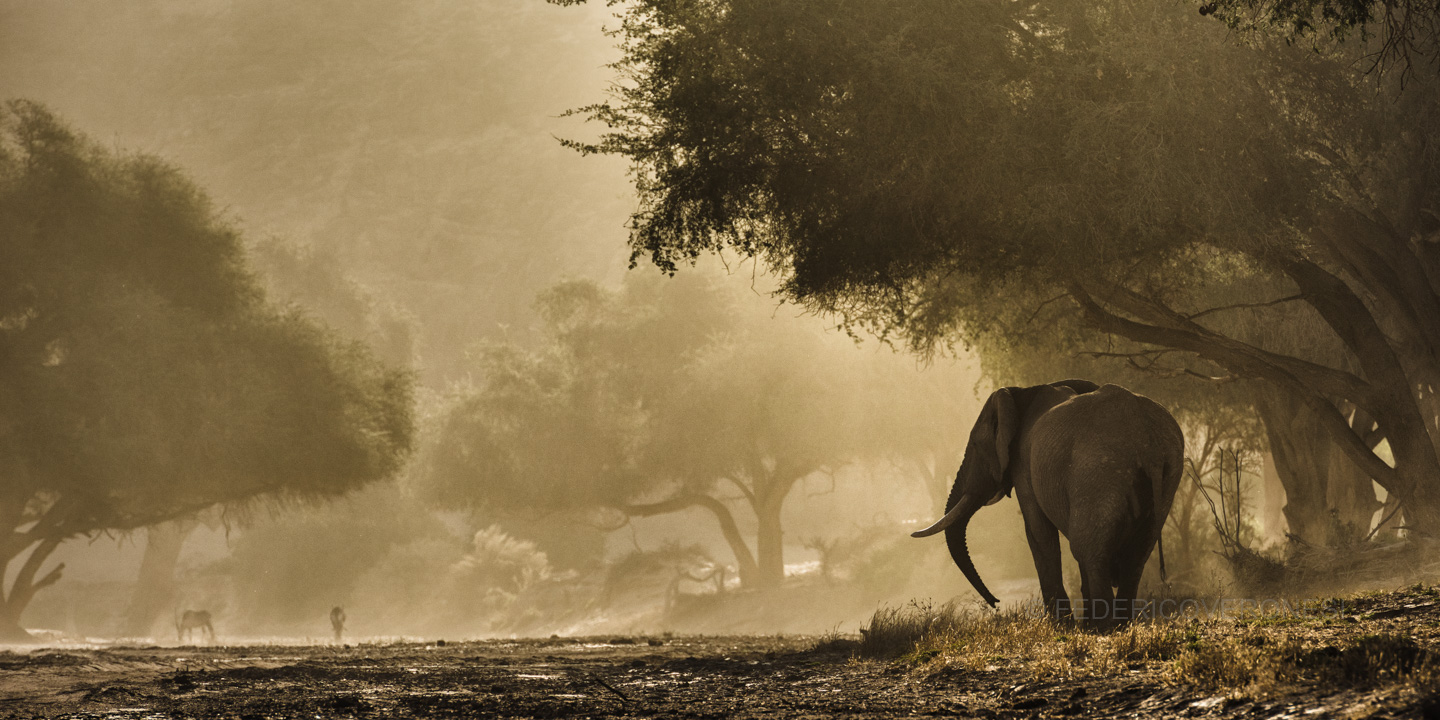Namibia’s alarming plan to cull elephants and other wildlife is ‘an abdication of responsibility’



The cull of 723 wild animals includes 83 elephants, 300 zebras, 30 hippos, 60 buffaloes, 50 impalas, 100 eland and 100 wildebeest.
EIA unreservedly condemns the proposed killings and questions the motives of the plan.

Namibia’s Government, which has recently faced public scrutiny following the jailing of ministers for environmental-related charges in 2021, claims the move is necessary to feed people affected by the drought.
However, statistics suggest the percentage of the population affected by drought is among the lowest in the region, no independent environmental or food insecurity assessments have been conducted and there are concerns that the cull is intended to influence key voting areas ahead of the election due in November.
If the scheme proceeds, there are widespread concerns it could set a dangerous precedent that would inspire similar actions across the continent.
EIA Executive Director Mary Rice said: “The mass slaughter of endangered and protected species in Namibia is an abdication by the Government of its responsibility as a custodian both of its own wild species as well as those of neighbouring countries which migrate through its territories.

“The claim that it will feed hungry citizens impacted by the current drought flies in the face of reason given the current domestic livestock population.
“In addition, the cull will result in a further accumulation of ivory into Government stockpiles, which aligns with the Government’s ongoing efforts to reintroduce an international ivory trade.
“EIA remains of the view that any legalised trade only serves to confuse the public as to the legitimacy of ivory in the market and analysis of past sales, alongside irrefutable evidence, clearly show that legal markets stimulate demand which in turn trigger elephant poaching and the laundering of illegal ivory onto the market, which remains a key threat to the species to this day.”